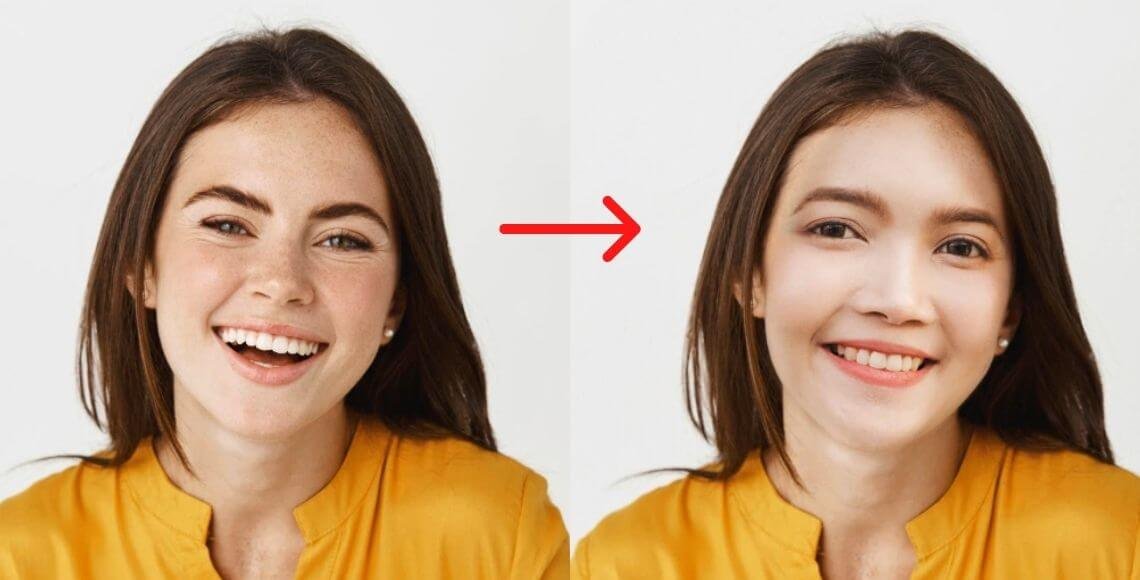Face swap technology has become one of the most talked-about advances in artificial intelligence over the past few years. What started as a fun tool for swapping faces with friends or celebrities has grown into a powerful technology with serious implications for entertainment, privacy, and digital identity.
What Is Face Swap Technology?
Face swap technology uses artificial intelligence and machine learning to replace one person’s face with another in photos or videos. It works by scanning facial features, analyzing their shapes, and then blending them onto another person’s face. This process involves computer vision and deep learning models that can detect fine details—like skin tone, facial angles, and lighting—making the swap look real.
The term “deepfake” is often used to describe more advanced face swaps that use deep learning to create lifelike videos. These systems can make someone appear to say or do things they never actually did. While the tech behind it is impressive, it also raises new ethical challenges.
Where Face Swap Technology Is Used
Face swap AI isn’t limited to social media filters anymore. It’s now used in multiple industries:
- Entertainment: Movie studios and streaming services use AI face swaps to de-age actors, create realistic stunts, or even resurrect historical figures on screen.
- Gaming: Players can use their own faces to customize avatars and make gameplay more immersive.
- Social Media and Apps: Users enjoy swapping faces with friends, influencers, or famous characters for fun or humor.
- Marketing: Advertisers use AI swaps to tailor ads for different demographics or languages without reshooting entire campaigns.
If you want to try it out yourself, platforms like deep swap ai let users experience realistic face swapping online in a simple and accessible way.
The Benefits of Face Swap AI
When used responsibly, face swap AI can be an incredible creative tool. It allows filmmakers to cut costs on visual effects, enables content creators to produce engaging videos, and helps educators or artists visualize concepts in new ways.
The technology also has potential in accessibility and healthcare. For example, AI-driven face reconstruction can assist in virtual communication for people with facial differences or injuries. It’s another example of how innovation can improve inclusion and human connection.
The Ethical Concerns
Despite the benefits, the risks of face swap technology are real. The biggest concern is misuse—creating fake videos or spreading misinformation. Deepfake content can harm reputations, manipulate public opinion, or invade personal privacy.
Consent and authenticity are also major issues. When someone’s face is used without permission, it crosses an ethical line. That’s why many countries are now developing laws and regulations around AI-generated content. Tech companies are also building detection systems that identify manipulated videos to prevent harm.
Staying Responsible with AI
As with any technology, the key is responsible use. People should always be aware of where and how their images are shared. Developers and platforms need to include safeguards to prevent abuse while encouraging creativity.
Awareness and education play a big role here too. By understanding how face swap AI works, users can better recognize fake content and make smarter choices online. Schools, journalists, and online communities are starting to teach digital literacy around AI media for this reason.
The Future of Face Swap Technology
Face swap AI will keep evolving. Future versions will be even faster, more accurate, and integrated into real-time applications like live streaming and virtual meetings. The line between the real and the artificial will continue to blur, making ethical guidelines more important than ever.
Used wisely, face swap technology has the potential to enhance storytelling, creativity, and communication. But it also reminds us that with every new digital tool, we need to balance innovation with responsibility.

